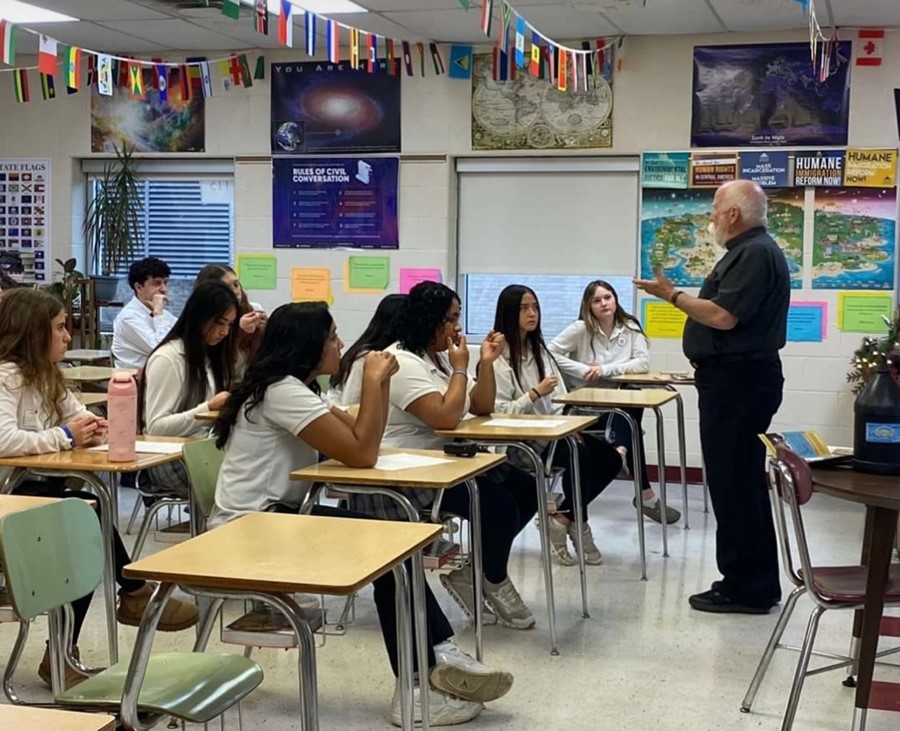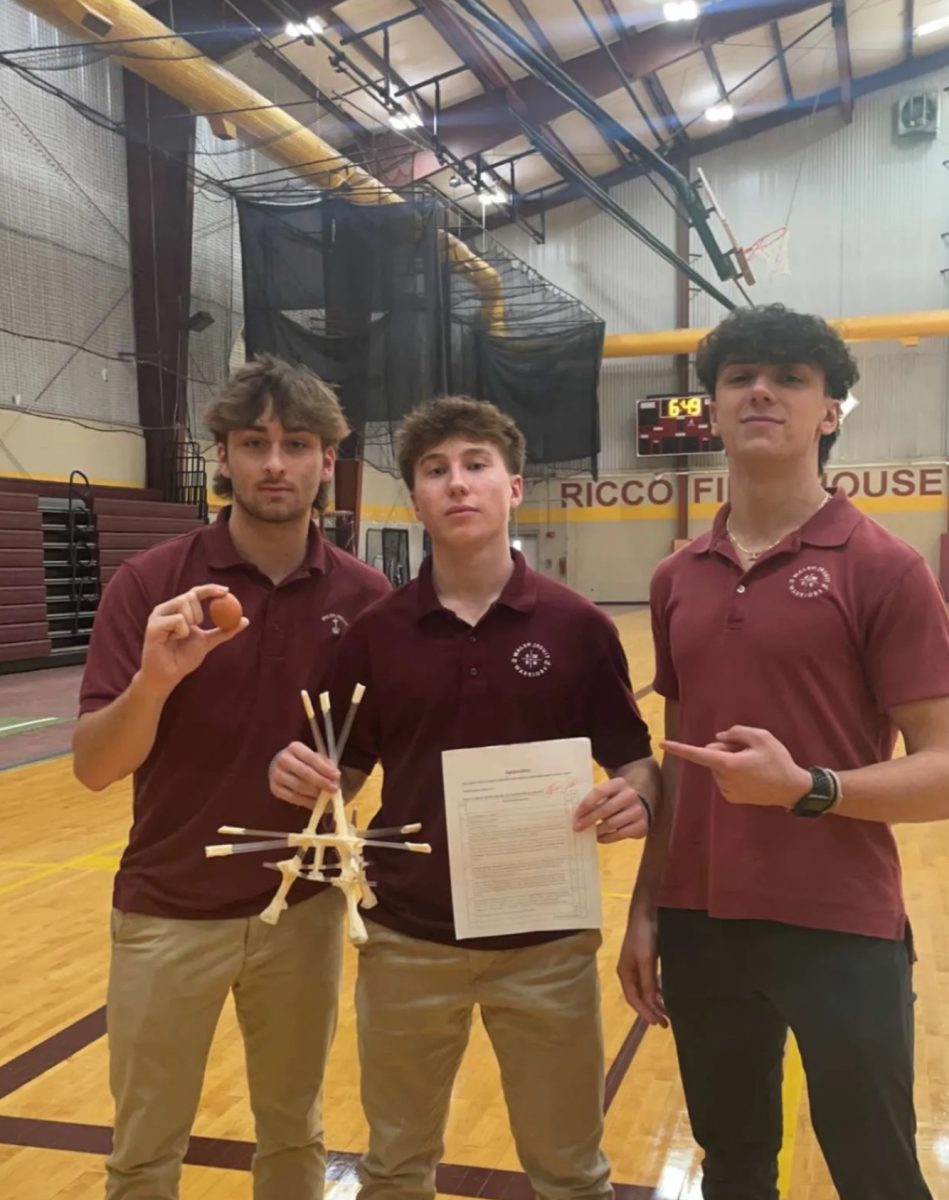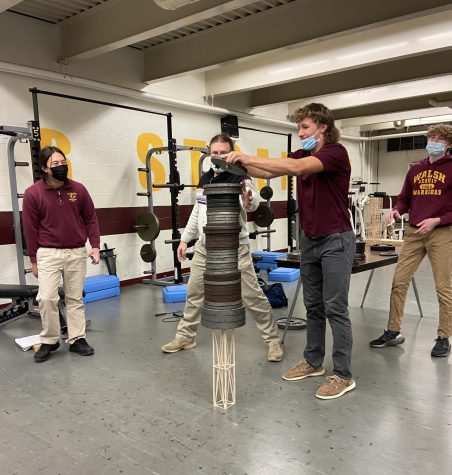NASA’s big discovery
March 8, 2017
On February 22, the National Air and Space Administration (NASA) announced the discovery of the most Earth-sized planets located in the habitable zone of a single star. They have called this system TRAPPIST-1.
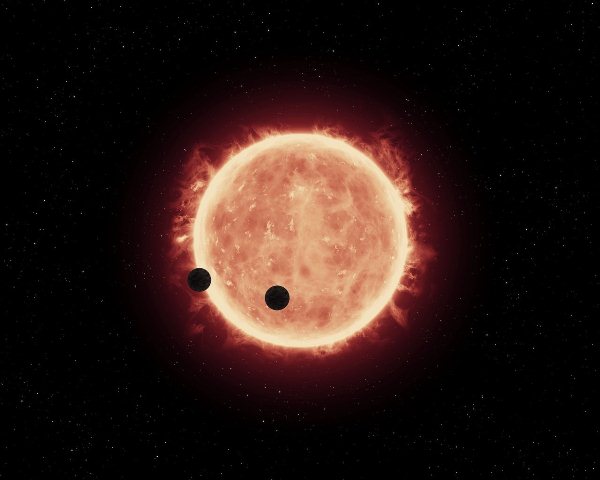
Three of possibly seven planets have been positively located in the habitable zone and, therefore, have the best chance of containing water and atmospheric conditions similar to those of Earth. However, before one jumps on the nearest rocket ship to TRAPPIST-1, it should be noted that, according to NASA’s press release, this system is 40 light years away. To put that in perspective, if a rocket traveled at the speed of light, it would take forty years to reach its destination.
Despite the fact that the planets are still physically unreachable, the discovery remains incredibly important. At the very least, it shows how powerful mankind’s telescopes have become. NASA used Spitzer, an infrared telescope that orbits the sun while trailing behind Earth, and many powerful land telescopes to study TRAPPIST-1, unearthing (pun not intended) some remarkable discoveries.
The TRAPPIST-1 star is classified as an ultra-cool dwarf because it comprises only one-tenth the mass of Earth’s sun and one-thousandth the brightness. Since it is so small and cool, all seven of the planets in TRAPPIST-1 orbit closer to their star than Mercury does to our sun, so the possibility of liquid water existing on them remains high according to Michael Gillon, the lead author of the paper announcing TRAPPIST-1’s discovery. Additionally, these tight orbits mean that years for these planets will be extremely short. NASA also believes that some planets are “tidally locked” to their star, meaning that the same side of the planet faces the star at all times, causing perpetual night and day to reign on opposite sides of the planets.
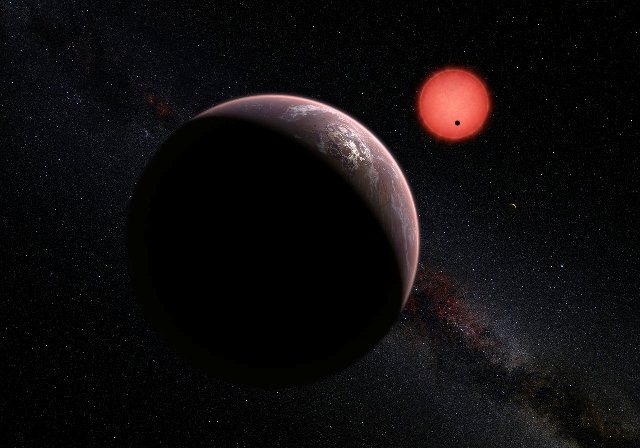
The distance between each planet and the planets and their star is similar to the distance between Jupiter and its moons. Therefore, researchers at NASA assume that some planets will be visible from the surface of the other planets just as Earth’s moon is visible to humans.
All the planets are believed to be rocky and roughly the same size as Earth. NASA believes further observations will tell if they contain water on their surfaces. A new telescope, the James Webb Space Telescope, set to launch in 2018, will be able to measure the chemical composition of these seven exoplanets’ atmospheres. Only time will tell if TRAPPIST-1 really can sustain life.


